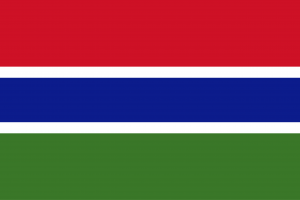
Gambian Scorecard
Country profile
The Gambia is the smallest country on mainland Africa, stretching along the Gambia River with a landscape of riverine forests and savannas. It has a population of 2.7 million, a population growth rate of 2.30%, and a median age of 18.17 years.
Its history includes a legacy of trade and cultural exchange influenced by various West African kingdoms and British colonial rule.
Today, The Gambia is known for its friendly people, vibrant music and dance traditions, and efforts to promote sustainable tourism along its scenic riverbanks.
Its capital city is Banjul.
How does the Gambia compare to other countries?
Economic Development
Loading…
Loading…
Loading…
Loading…
Loading…
Loading…
Health and Social Development
Loading…
Loading…
Loading…
Loading…
Loading…
Loading…
Education
Loading…
Loading…
Loading…
Loading…
Governance and Security
Loading…
Loading…
Loading…
Loading…
Loading…
Loading…
Loading…
Environmental Sustainability and Energy
Loading…
Loading…
Loading…

 Gambia
Gambia Botswana
Botswana Mongolia
Mongolia